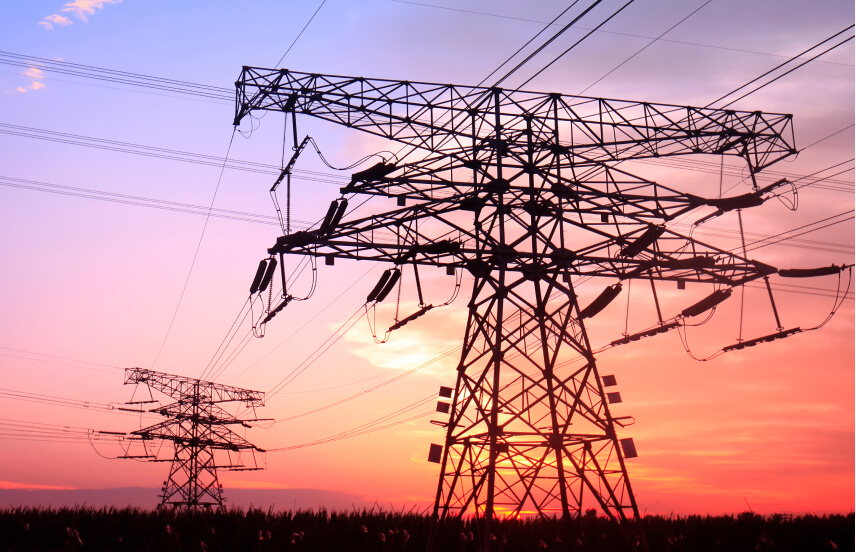The chaos this year on the oil market seems to have echoed into other energy sectors, leaving investors in a state of uncertainty. However, this temporary setback is just a short pause before the next energy boom, predicts Legend Yi from the leading global energy consulting group, Wood Mackenzie.
Recently, he joined an M&A Community talk show to discuss the current state of affairs on the energy market. In the first part of his presentation, he drew a broad picture of the global energy sector. Here are some of the recommendations he gave investors looking across the globe for electricity projects.
Talking about the electricity industry, how, where, and when to invest?
From an investment point of view, you should of course go to the most profitable place. For this, there are several criteria. The cycle in the electricity sector is rather long, the profit you might make is different at various stages. In general, if you have a solid capital, you can look for a long-term stable return, like in the developed countries with lasting policies and where the overall infrastructure is available.
For small and medium-sized companies with less capital, one might consider what we call high-risk countries like South-Eastern Asia. Other companies are looking at Africa, the Middle East. The ROI there is going to be higher since the electricity price levels are much higher than those of developed countries.
There are though, several factors of uncertainty at the early stages, like exchange rate volatility, ways of guaranteeing credit in different countries, delays, etc. So, for small and medium investors it is best to control the duration of the project.
How to hedge those risks?
First of all, limit the time of your participation. One can wait for the final of the early stages and then quit. Second, in terms of construction, especially for Chinese companies, one can buy a lot of major equipment in the domestic market using yuan. The risk of paying local fees in the local currency will then be significantly smaller.
Additionally, you can invest in complementary projects in the country. For instance, if the exchange rate is not favorable for you to convert to your domestic currency, you can invest in other local projects.
Plus, it is vitally important to pay attention to the country itself, don’t only think about microanalysis but also on a macro level.
Could you give us an example?
Let me tell you about the case of Vietnam in 2018. Companies and financial groups from China, South Korea, Japan were heavily investing in solar energy projects in the country. Everything seemed to be going well — government support, tax incentives, construction permits, predictions were of optimistic ROI.
However, a lot of people didn’t pay attention to the situation with the power grids in the country. Earlier projects managed to connect to the existing projects whereas the later ones didn’t get a spot and were forced to freeze. The existing power grids in the country were so weak that, in fact, energy from Northern Vietnam couldn’t get to the southern parts.
So, keep in mind that few countries in South-Eastern Asia have good infrastructure. It means you should not only get to know the project itself, but also its surroundings.
How to find good projects in less developed countries?
Let’s take the example of Bangladesh. It’s growing very fast at the moment. You can see the whole country building viaducts, railways, airports. There is a tremendous amount of investment in infrastructure. Hence, there will be a huge demand for energy soon. So, Bangladesh has been investing in coal and solar power in recent years.
What are the benefits of Bangladesh? The price of electricity is relatively high. The infrastructure is being developed. You just have to pay attention to the power grids and your potential opportunity to get connected. Thirdly, 10 to 20 million Bangladeshis work overseas, sending lots of dollars back home, so the country is never short of foreign liquidity. Fourthly, there are few political and security risks.
What can I recommend? Study the country at both micro and macro levels. Second, find the right local partners. They will help you to communicate with the government and warn you in a timely manner about policy changes. Third, think data and conduct — or request — a thorough analysis of their current and future trends, gather a database to help you with the projects to come.



